-

- A collector's item: The old town of Havana, La Habana Vieja, is a UNESCO World Heritage site. However, beyond the restored facades, the plaster is peeling. The vintage cars, much loved by tourists, should not be overly romanticized either. The reason there are (still) so many of them is primarily related to what was not allowed for a very long time: modern cars, for example.
-
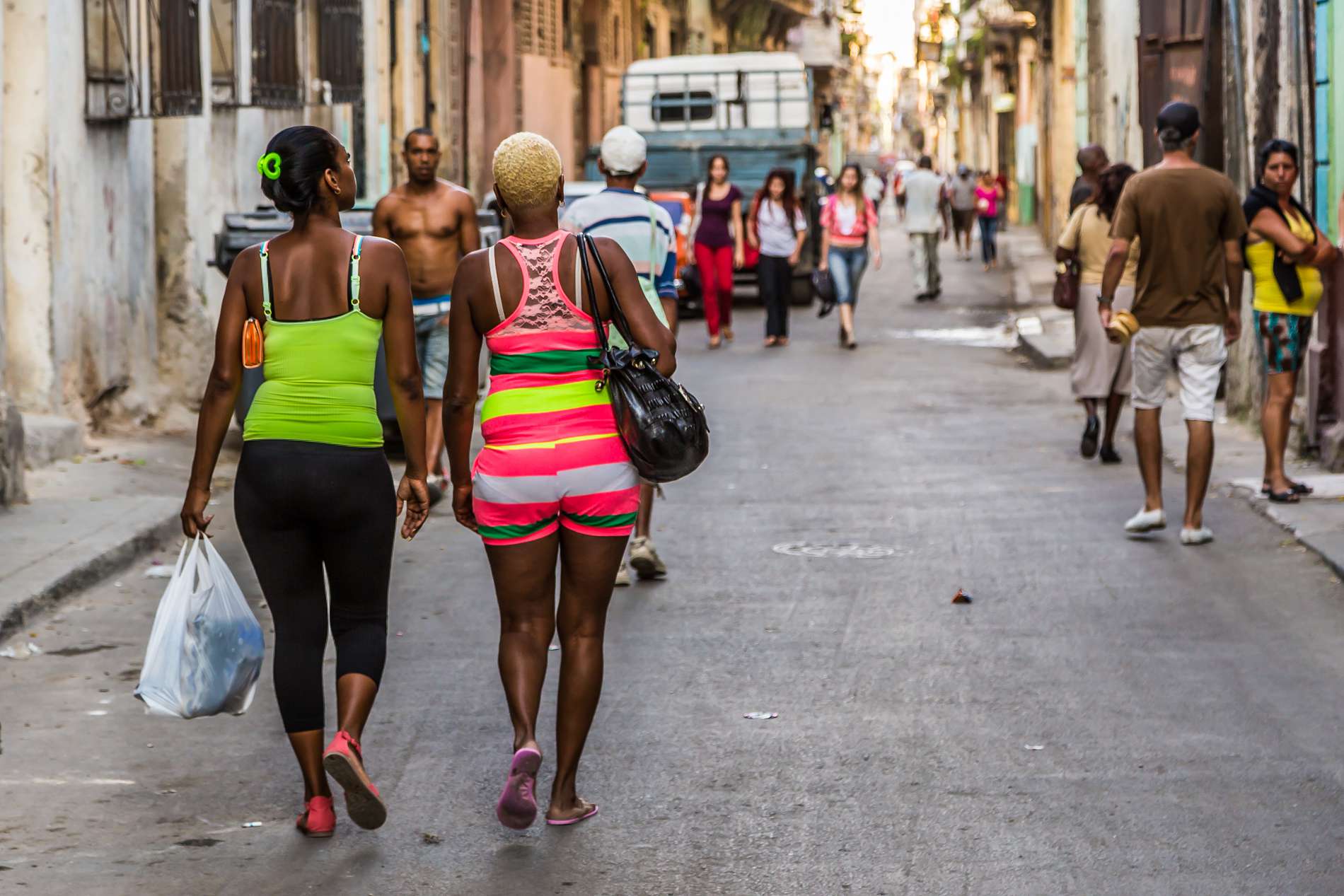
- Colorful: "Havana" – the city turns many heads. The diva has dressed up in some corners – in places, the makeup is applied a bit too thickly. However, the residents cannot be accused of lacking courage when it comes to color. The Cubans prove this time and again, everywhere.
-
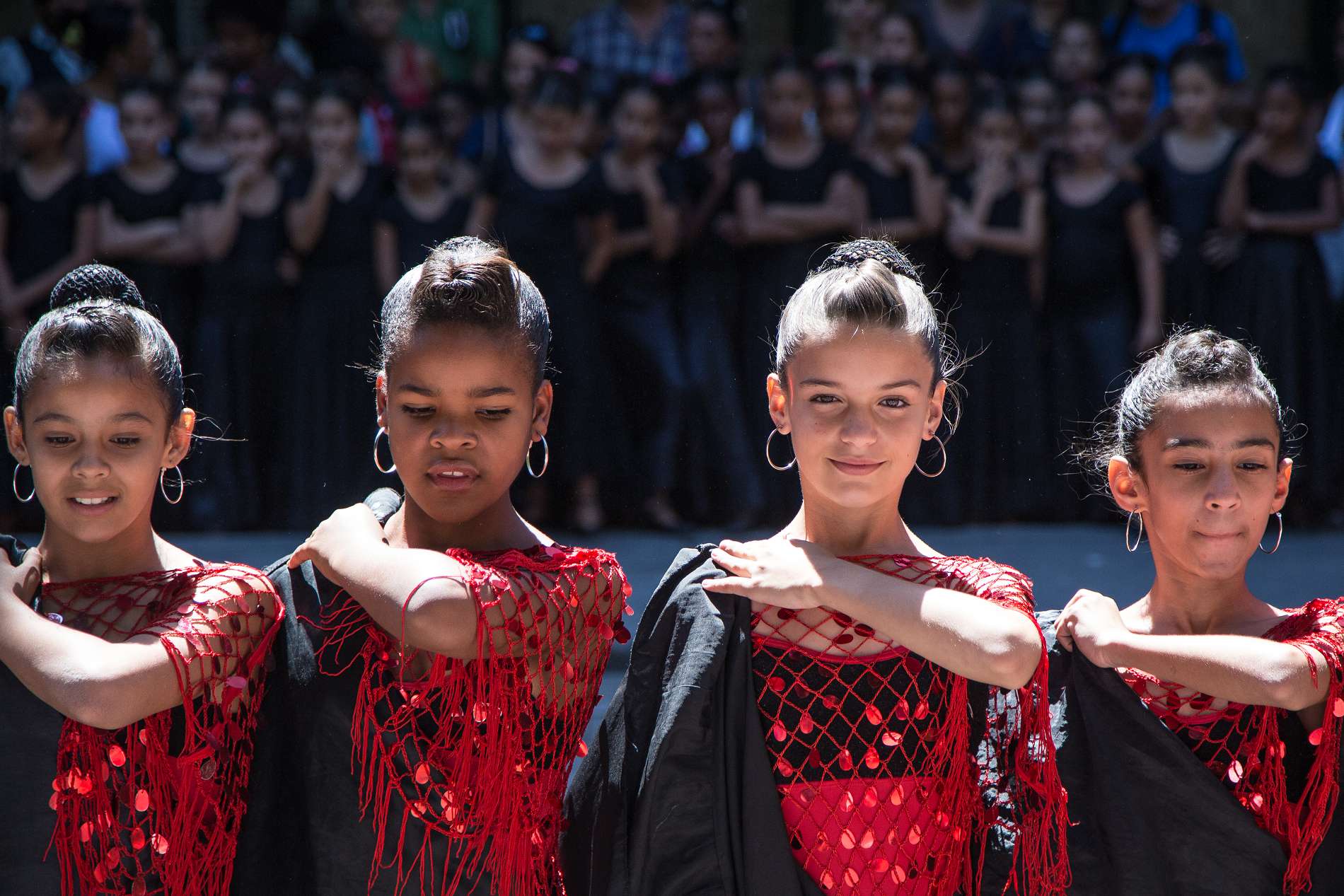
- Concentration: For the girls, dancing is especially important. Not just salsa and son. Flamenco is also taught here in Havana at one of the country's most famous dance schools. Today, the excitement is particularly high. There is a public performance at Plaza de Armas.
-
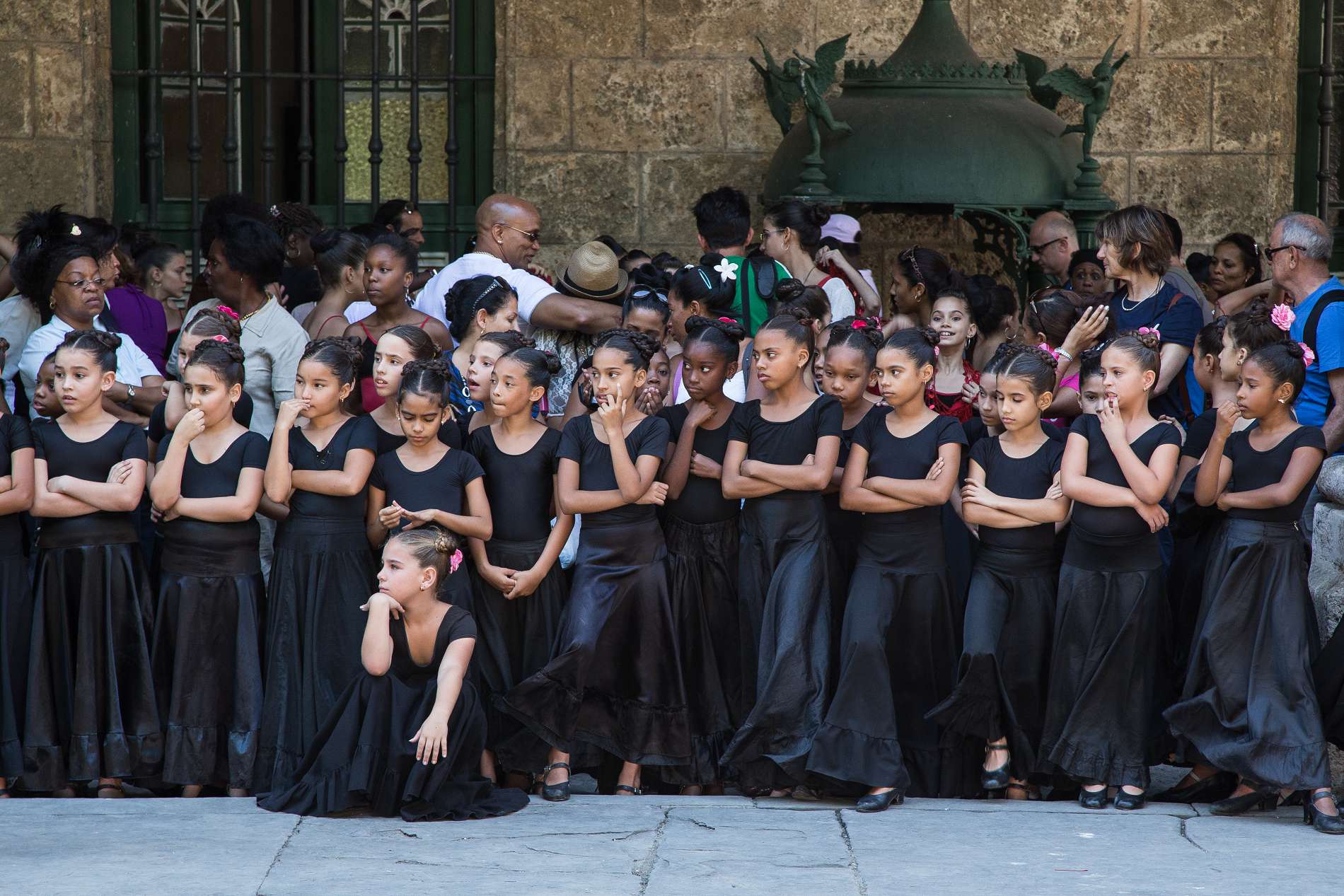
- High tension: Cuba's hopes and dreams rest on the shoulders of a young generation. One in five is under 16 years old. About two-thirds of the population is employed by the state. Well-paying jobs are scarce – a problem for the young, well-educated Cubans who earn more as bartenders, tour guides, or maids than in their trained professions.
-

- Taxi anyone? The Coco-Taxis – the bright yellow motorized three-wheelers – are hard to miss in the streets of Havana. They are driven by small entrepreneurs known as "cuentapropistas" and can accommodate two or three passengers. Here, they are presented as souvenirs, crafted from papier-mâché.
-

- Retrospective: The rear window of the three-wheeled Coco-Taxi in Havana offers a view of the traffic behind and the Paso del Marti (Prado). This area is a popular meeting point for strollers.
-
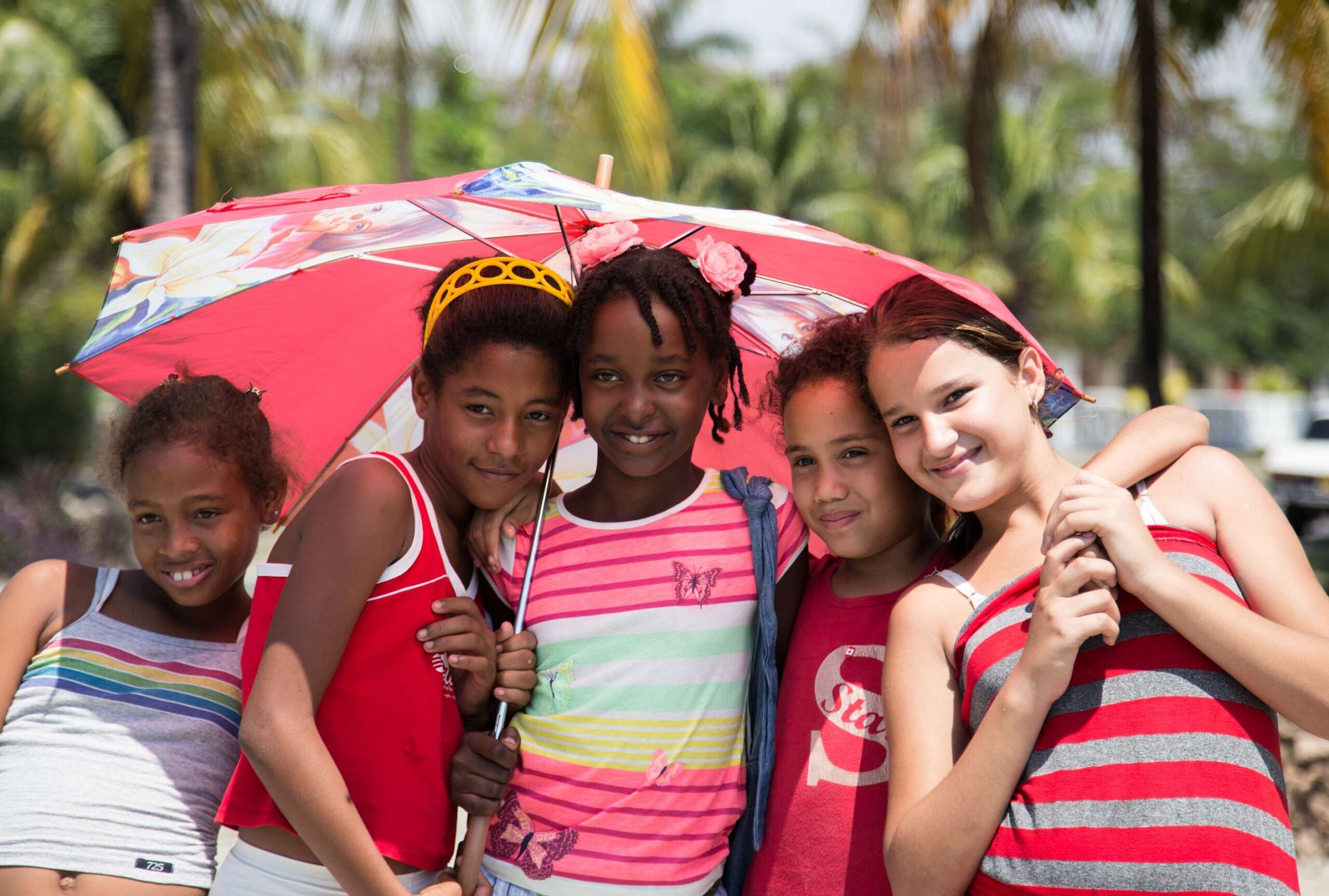
- Children's Day: The fact that in Cuba there is not only a Father's Day and Mother's Day but also a "Children's Day" (Día del Niño), celebrated on the third Sunday in July, says a lot about the relationship of Cubans with their children.
-

- Go West: It's surprising how little fear there is of contact with the enemy system, the USA – even before the current détente policy under Barack Obama. American symbols and brand clothing that is "organized" through roundabout ways are worn quite openly.
-
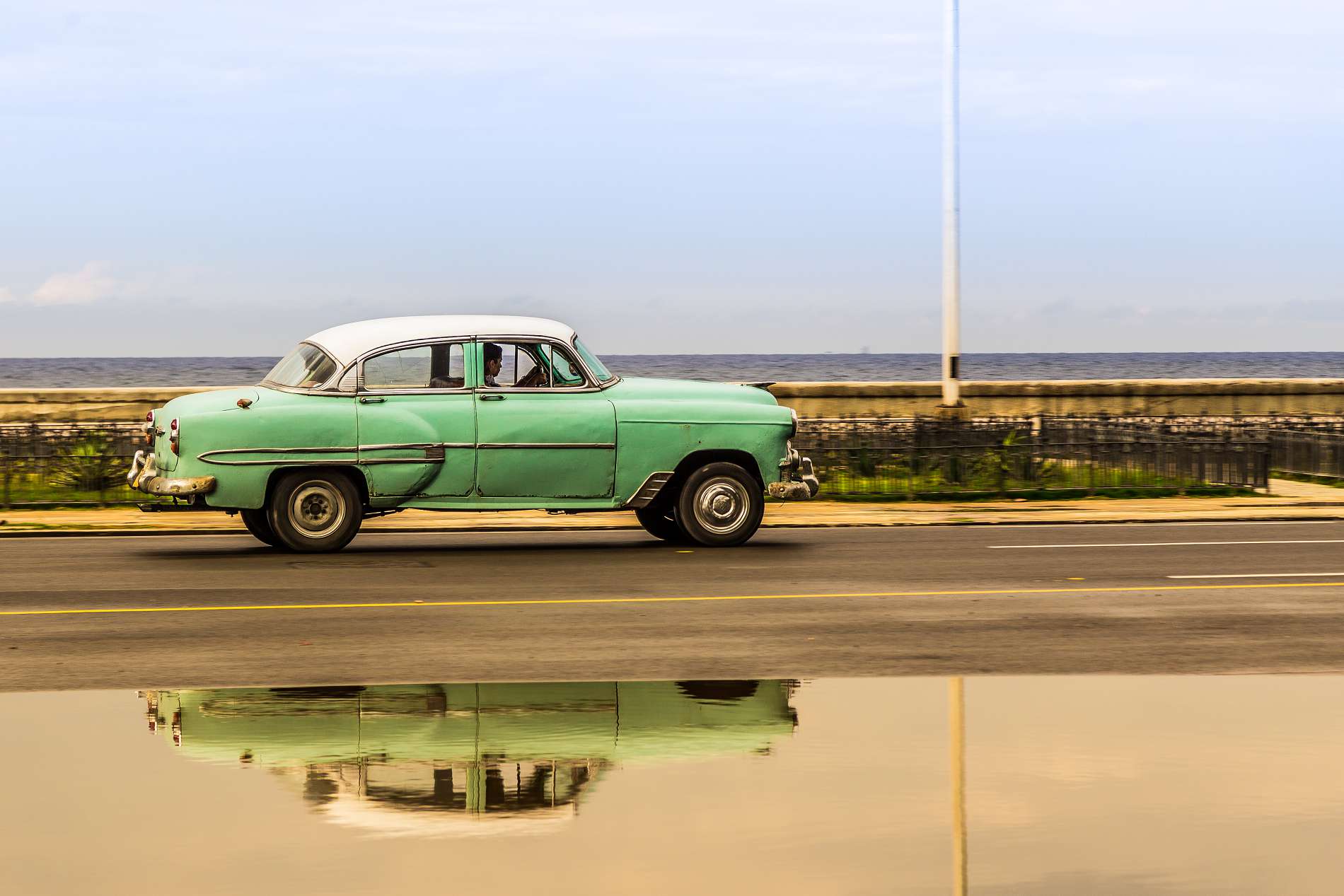
- Car Mirrors: After a tropical downpour, a passing classic car is reflected in the pond-sized puddle along the Malecón. Of the 192,000 American cars that rolled over the Caribbean island in 1939, only 48,000 remain. These durable vehicles are often older than their owners. Almost all are well-maintained, with adventurous odometer readings and replacement engines from Russia, Hyundai, or Mitsubishi.
-

- Convertible Joys: When the spring breeze rushes by on the Malecón, it's impossible not to feel good. Cruising in the well-maintained and often lovingly restored classic cars is a unique experience.
-
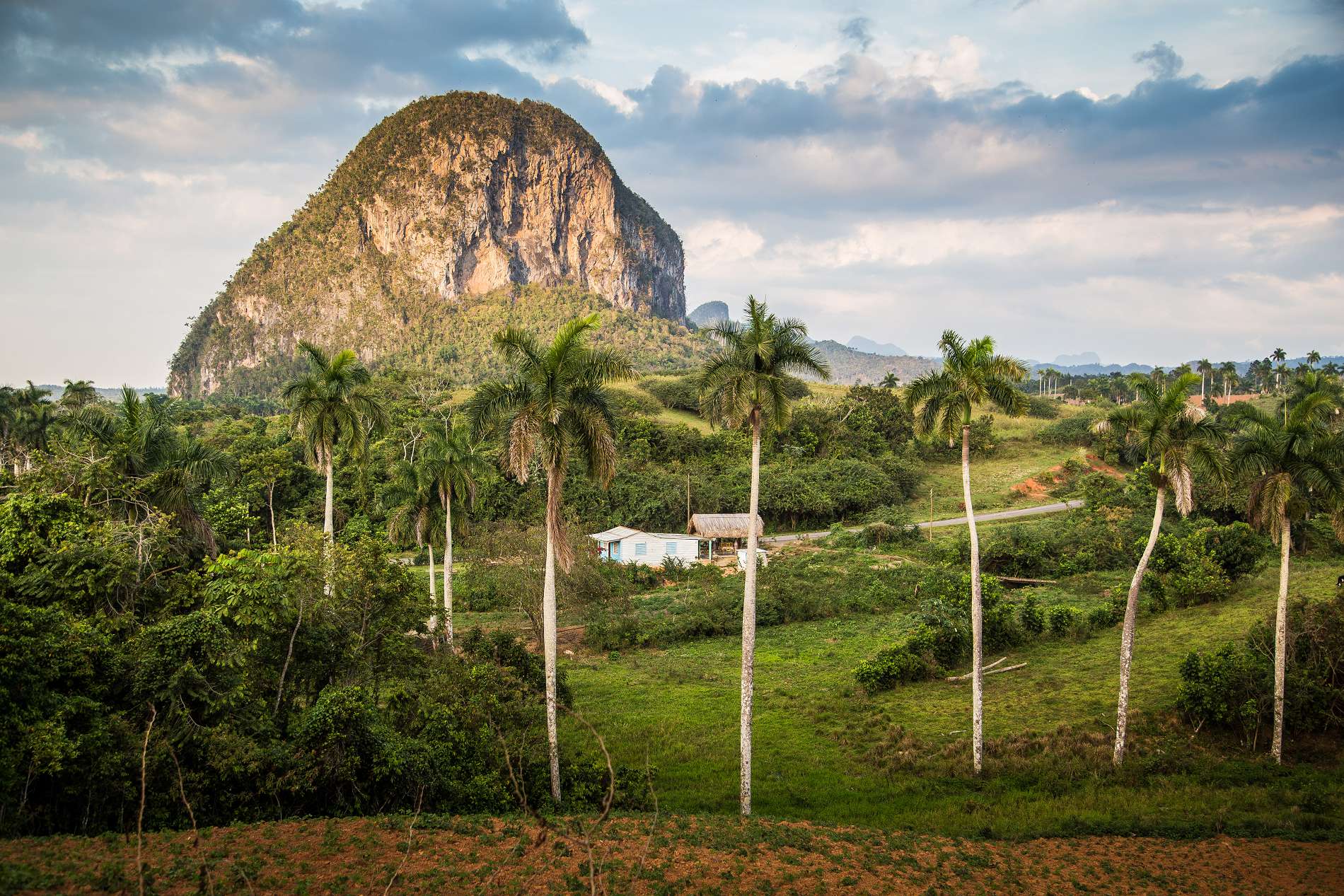
- Mogotes: Like "elephant humps," as the locals say, the green, vegetated mountains of the Cordillera de los Órganos rise from the red earth of the vast Viñales Valley. The limestone rocks, known as "Mogotes," reach heights of up to 400 meters. Their current shape was formed over millions of years by wind and erosion.
-
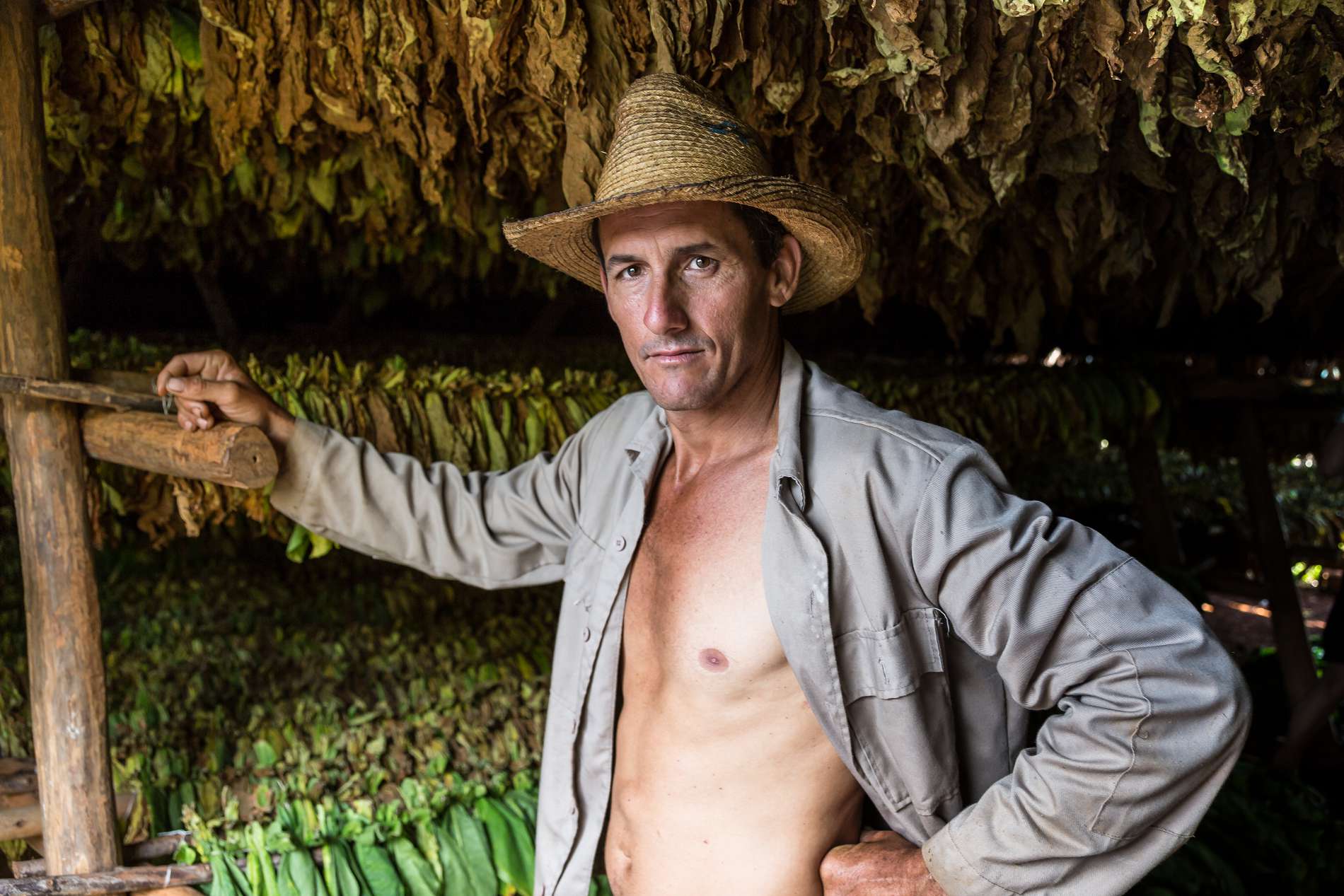
- Pride: Working in the tobacco fields is tough, but people and nature coexist in a harmony that is now rarely found in western Cuba. Despite the modest conditions, most appear very content and are proud of their work.
-

- Patriotism: In the background, the 90-meter-high dome of Havana’s Capitolio, reminiscent of its Washington counterpart, can be seen. The national flag proudly hangs on many buildings. Designed in 1830 and inspired by the U.S. flag—though this is often overlooked in Cuba—the triangle with the star has symbolized freedom, equality, and brotherhood since 1902, while the color red represents the blood shed in the fight for independence.
-

- Sales Talent: The peanut seller charmingly and loudly promotes her goods. She is a familiar part of the cityscape and is well aware of her impact. Since 1993, self-employment has been permitted, making her one of the approximately 500,000 micro-entrepreneurs who especially target the wealthy Yumas, the tourists.
-
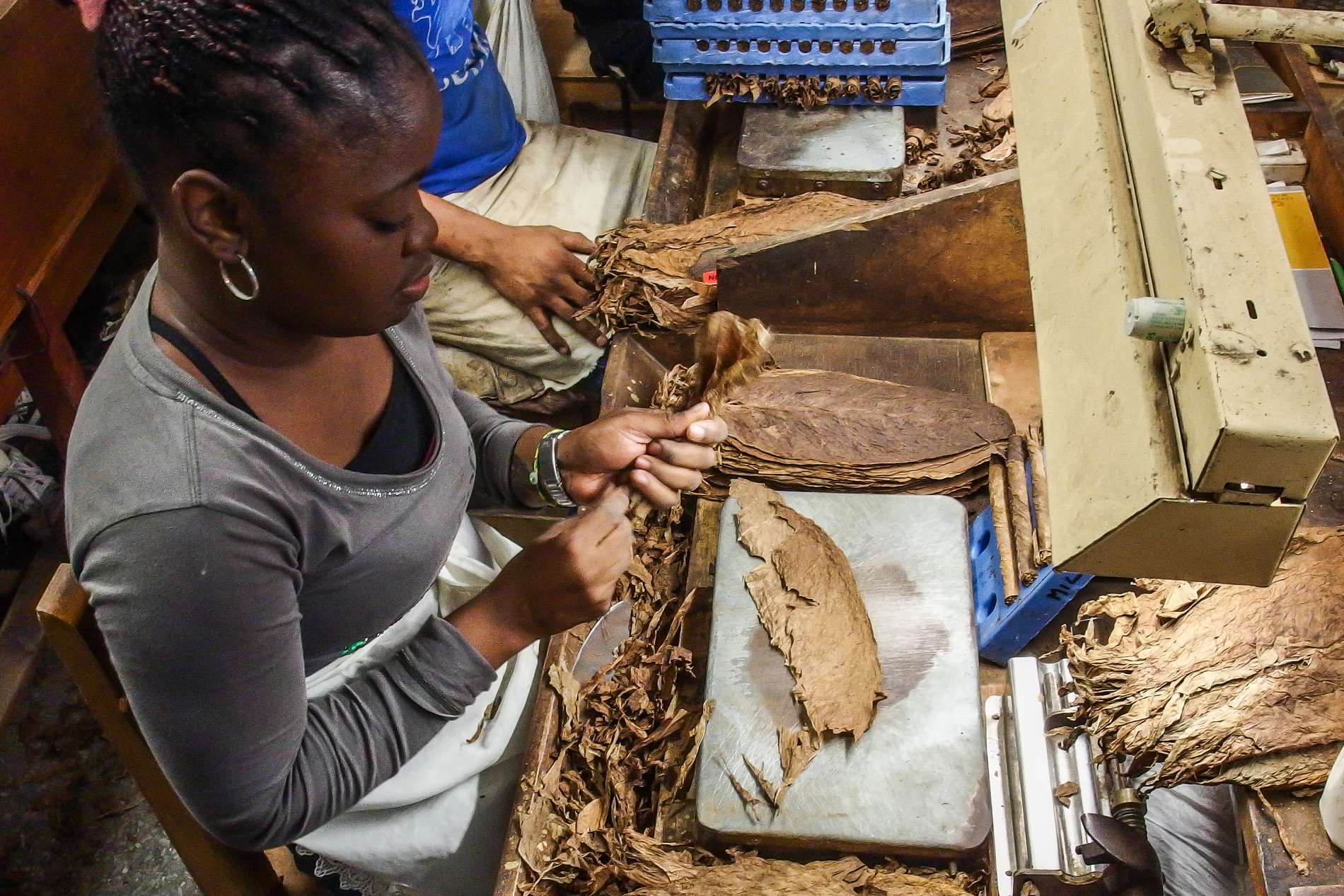
- Leading Role: Crafted entirely by hand — totalmente a mano. In Cohiba's cigar factory in Havana, the most famous and expensive Cuban cigars are produced. About two-thirds of the employees are women. Only after a nine-month training period can they call themselves Torcedores — cigar rollers. Each person rolls about 100-120 cigars per day.
-
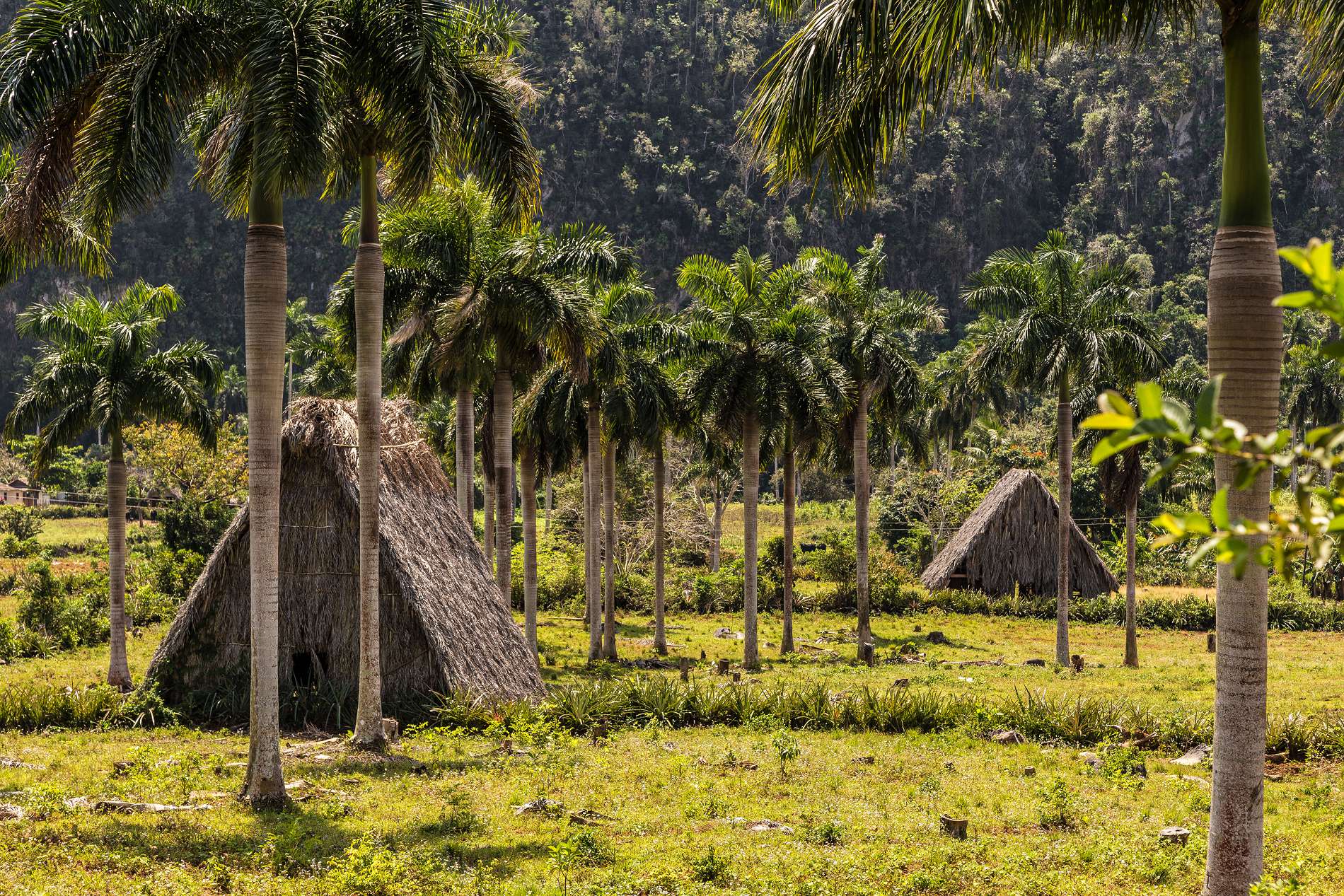
- Multitalent: There are around 70 species of palm trees in Cuba. One of them is the royal palm, with its smooth trunks reaching up to 40 meters in height. Its wood is often used for constructing "bohios," the traditional huts of simple farmers. The roofs of small drying sheds, like the ones here in Pinar del Río, are also frequently covered with palm fronds.
-
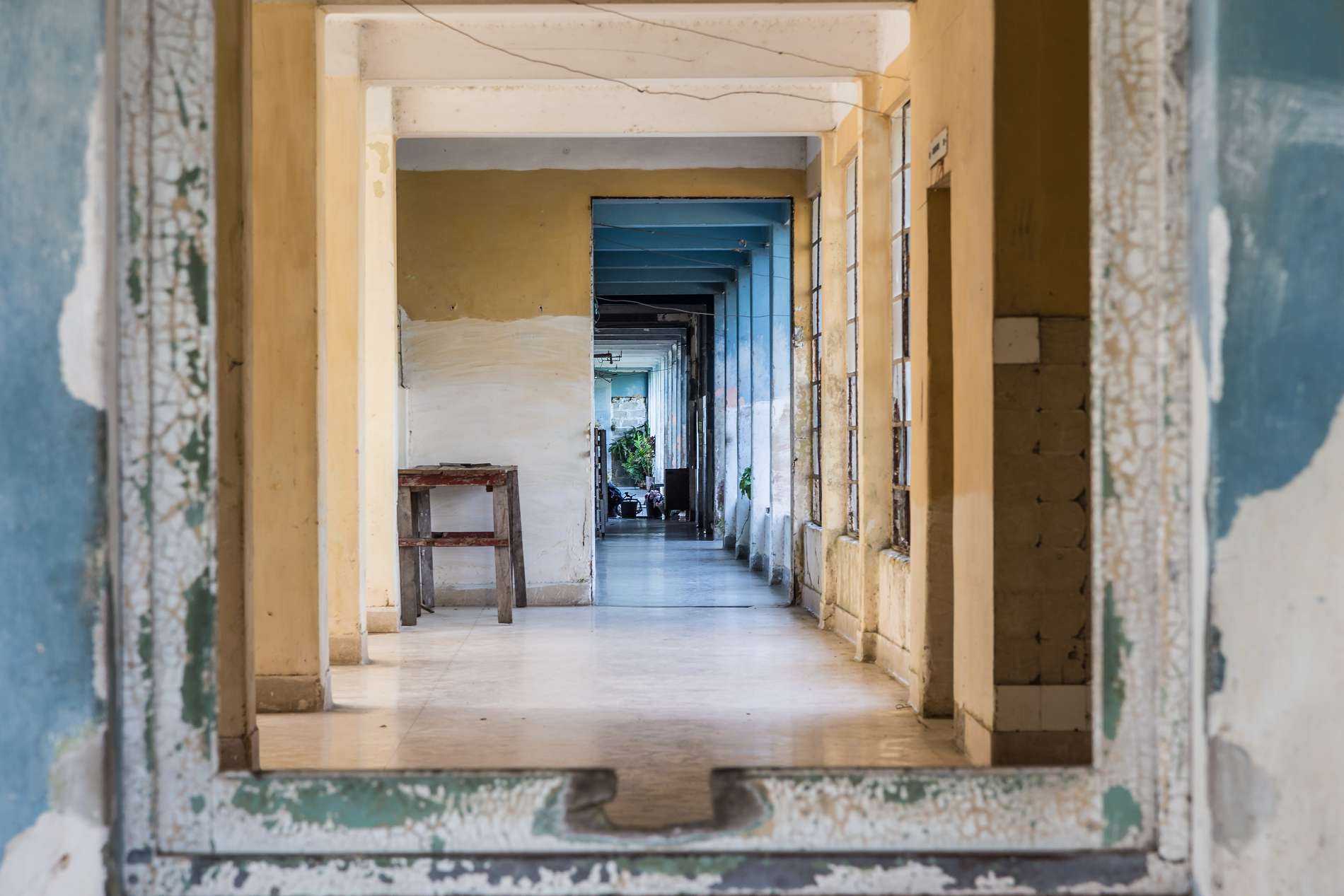
- Insights: This former hospital is awaiting renovation due to a lack of building materials. Aside from that, every Cuban is guaranteed medical care. Treatment is free, and there are more than enough well-trained doctors available. Research is also excellent. Worldwide, Cuba provides more medical personnel than the WHO.
-

- Siesta: Juan and Mauricio are neighbors and friends. They spend the hot Saturday morning in pleasant shade. Despite all the everyday problems, the people here have a fundamental joy that quickly comes to the surface. Their openness, spontaneity, and warmth often make encounters with Cubans a special experience.
-

- Lucky Pig: A roast suckling pig meal at a farmer's family can be the highlight of any trip to Cuba. Obtaining a pig is a major effort in the strictly controlled agricultural system. Much has to be organized and improvised to prepare such a feast.
-

- Family Ties: Fortunately, the aunt lives in the neighborhood. The pretty Isabel does not know her father. Unfortunately, she is like many children in Cuba. The parents often leave even before the child is born.
-

- Morbid Charm: Away from the renovated boulevards, there are still plenty of buildings in the old town of Havana, La Habana Vieja, that showcase the morbid splendor the area is known for. What is associated with daily struggles for the Cubans fascinates the photographer.
-

- Life and Survival: The Cubans are a lively people with infectious laughter. However, everyday life can sometimes be quite burdensome. This is also reflected in the face of Grandma Fidelia. The food is just enough to survive, and everything else has to be organized and obtained intelligently and with effort.
-
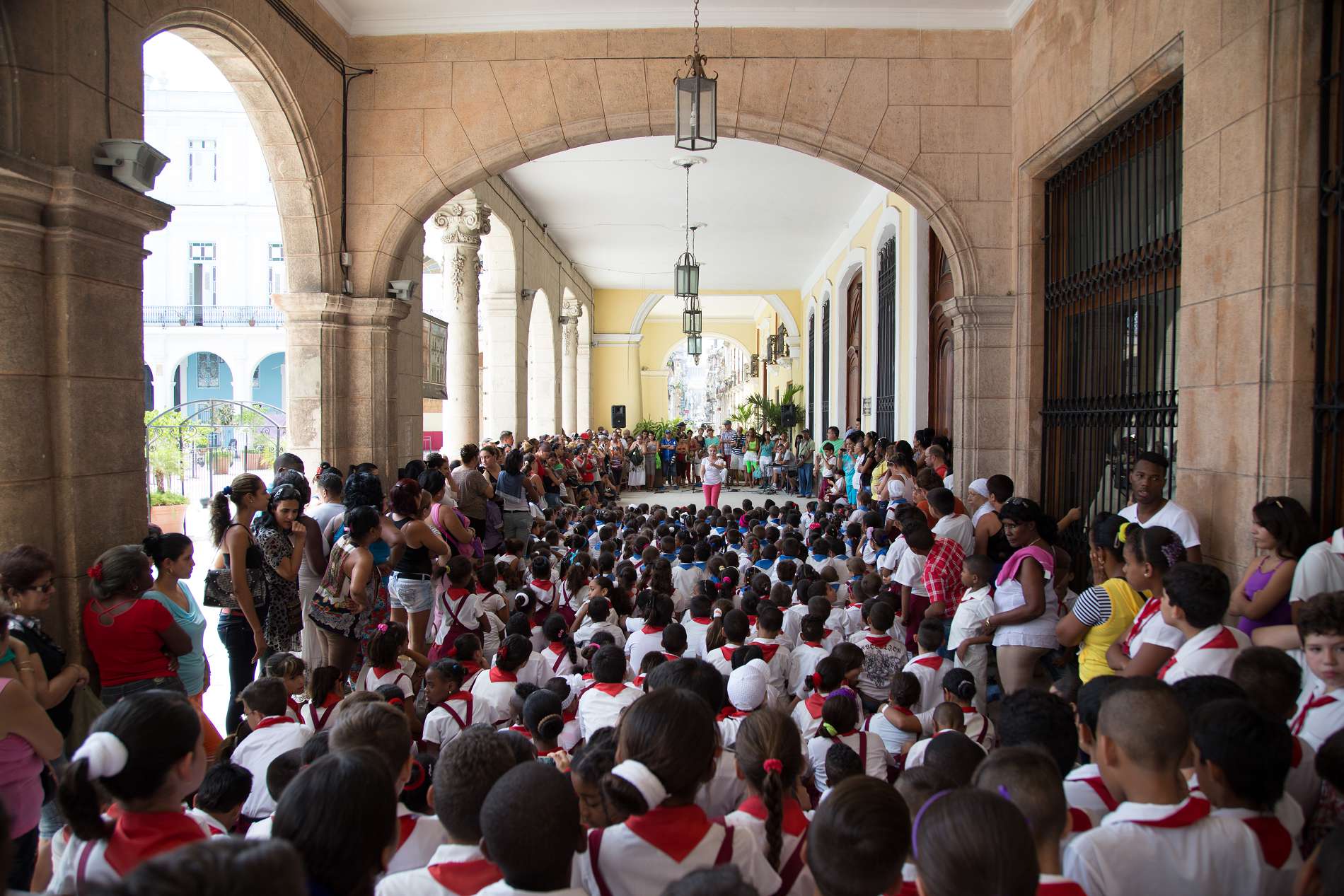
- Classroom: As the only Latin American country, Cuba offers its citizens a free educational pathway and one of the best education systems. After kindergarten, preschool starts at the age of five and continues through school until university. However, due to low wages, many educators are giving up. The current opening of the country could further accelerate the decline with new opportunities for academics.
-

- Free Space: There is room in the smallest hut, but especially in Havana, the living situation is so cramped that most people spend as little time as possible in their homes. Instead, life shifts outside. As here, on Friday afternoon, young and old are drawn out into the street. With music and dance, the weekend is ushered in.
-

- Support: The condition of the buildings in the old town of Havana is mostly catastrophic. The decay is hardly stoppable. Balconies frequently collapse, and entire buildings are propped up. This poses a danger to life and limb. Unfortunately, this is also part of everyday life in the capital
-
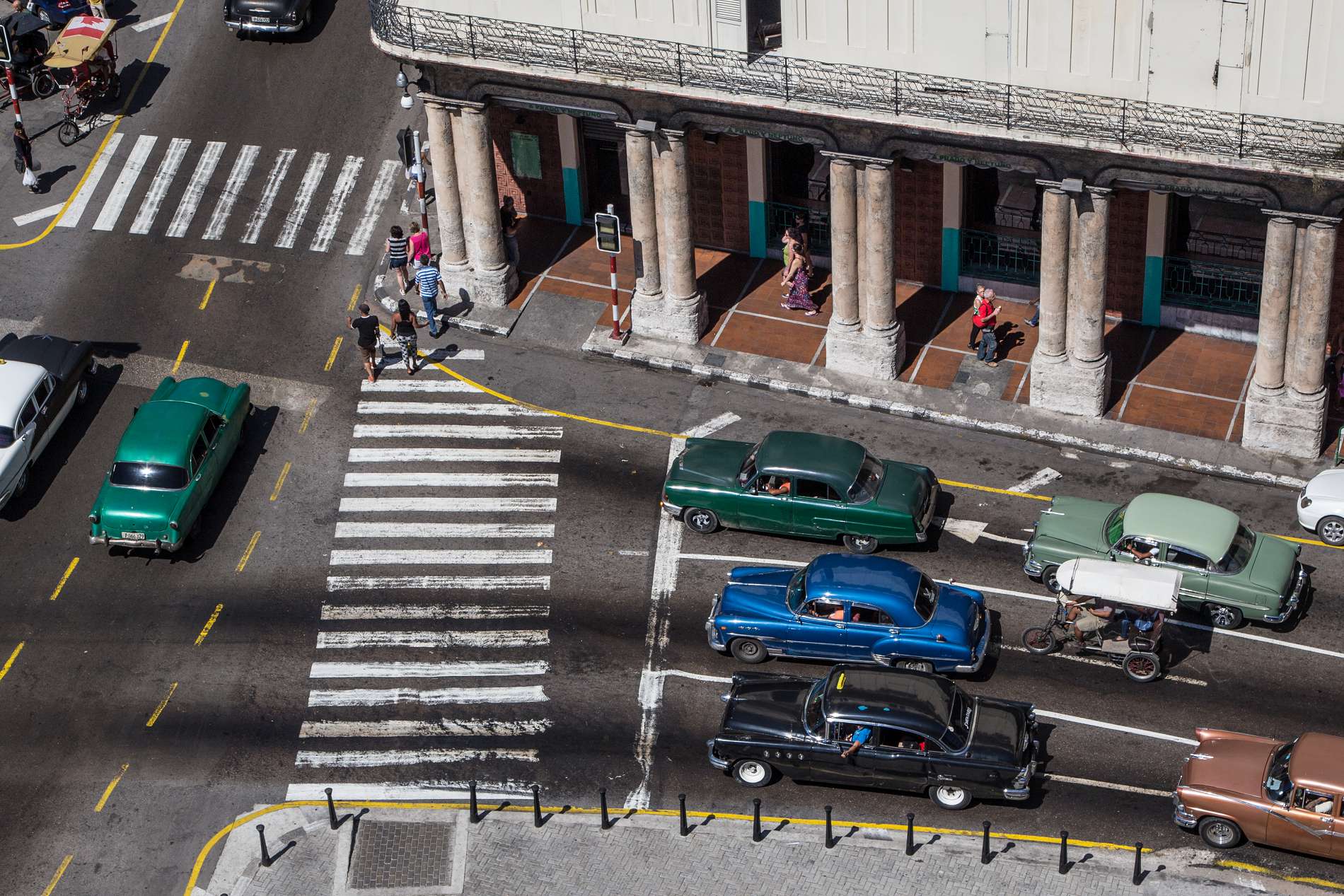
- Priority: Although private enterprise is allowed, the new car trade in Cuba is still in its infancy. The beautiful postcard-worthy vintage cars that puff and hiss as they zoom by are not only tourist attractions but are used for as long as possible out of sheer necessity.
-

- Ubiquitous: "Hasta la victoria Siempre" (until victory, always!): the portrait of Che Guevara can be found everywhere in Cuba—whether with or without political slogans. The Cuban photographer Alberto Korda became world-famous through his portrait of the revolutionary. Korda photographed Ernesto "Che" Guevara on March 5, 1960, at a memorial service in Havana. To this day, the image is the most published photo in the world.
-

- Moment: "The longer we were in Havana, the more compelling became the eyes. Everyone we met looked us straight in the face… from morning to evening, cheerful eyes: every smile received a friendly response. The language here, the eyes, the language means kindness; the manners, honesty and directness." Wim Wenders, 1999, in the foreword to "Buena Vista, Social Club – the book about the film."
-

- Imposter: Those who look closely will see in this building on a side street of the grand boulevard "Paseo de Marti" in Havana that false ceilings—batbacoas—have been installed on many floors. Multiple generations or families live "on top of each other" here. Even if it doesn't seem that way, there is a shortage of earthquake-resistant housing in the metropolis.
-
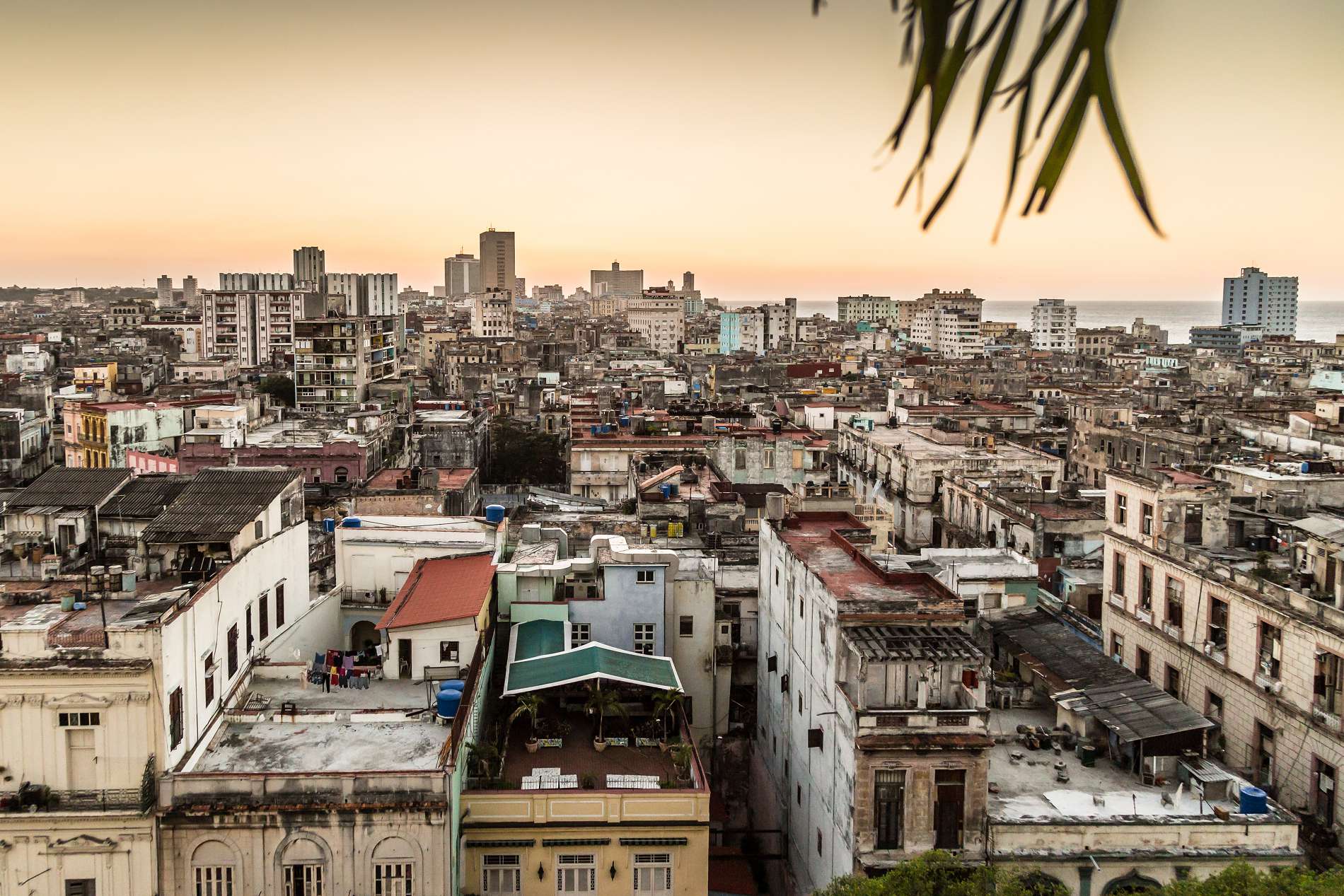
- Ruined: From the hotel terrace of the "Parque Central," there is a wonderful view over the old town of Havana to the sea: the queen of the archipelago is built close to the water. In the past, she has withstood many storms. And this does not only refer to natural events. Since President Obama's visit in March 2016, the Cold War that lasted over 50 years is nearing its end.
-
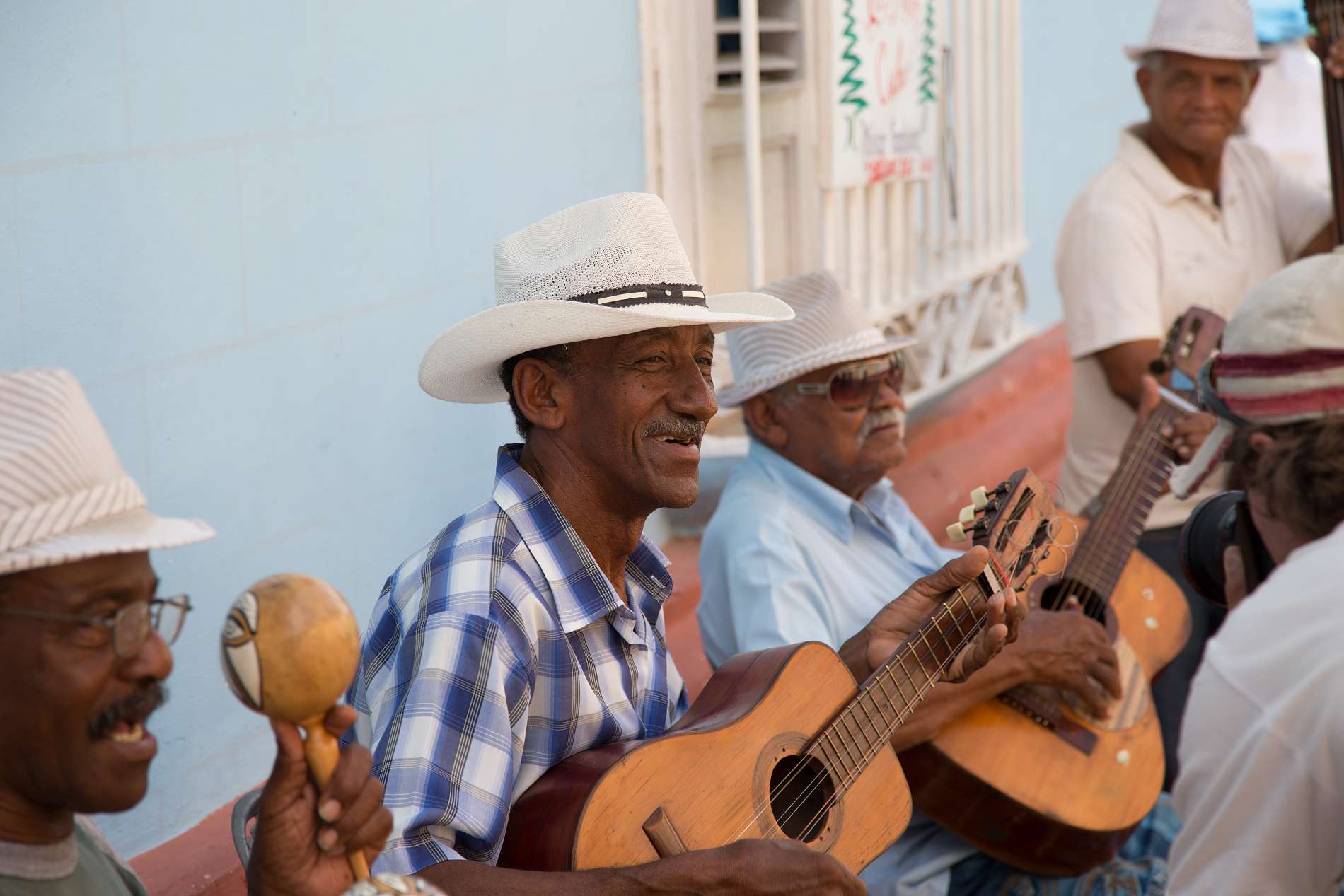
- Buena Vista Social Club: Music is present everywhere. It is one of the few opportunities to engage creatively and carefree, free from material worries. Not least because of "Buena Vista Social Club," Cuban music has experienced an unprecedented renaissance worldwide. A new musical revolution was marked by the performance of the Rolling Stones on March 26, 2016, in front of over 100,000 spectators in Havana—the first concert of a British band ever in Cuba.
-
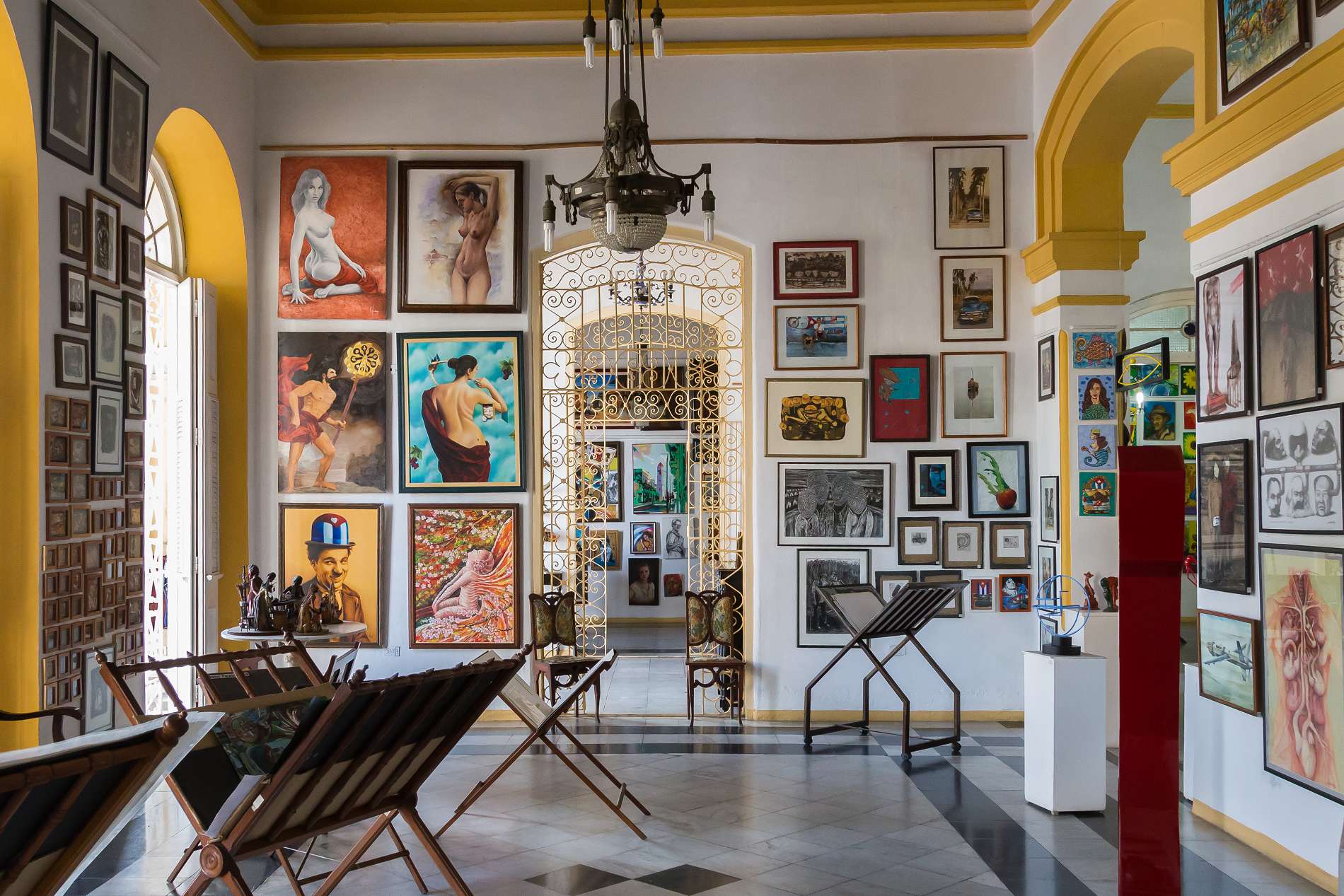
- Artful: In the small streets of Trinidad, there is a colorful selection of more or less tasteful artworks. The more interesting pieces come from local artists who express themselves in their own style. However, there is also a lot of kitsch that foreign tourists enjoy purchasing. Here too, demand dictates supply
-
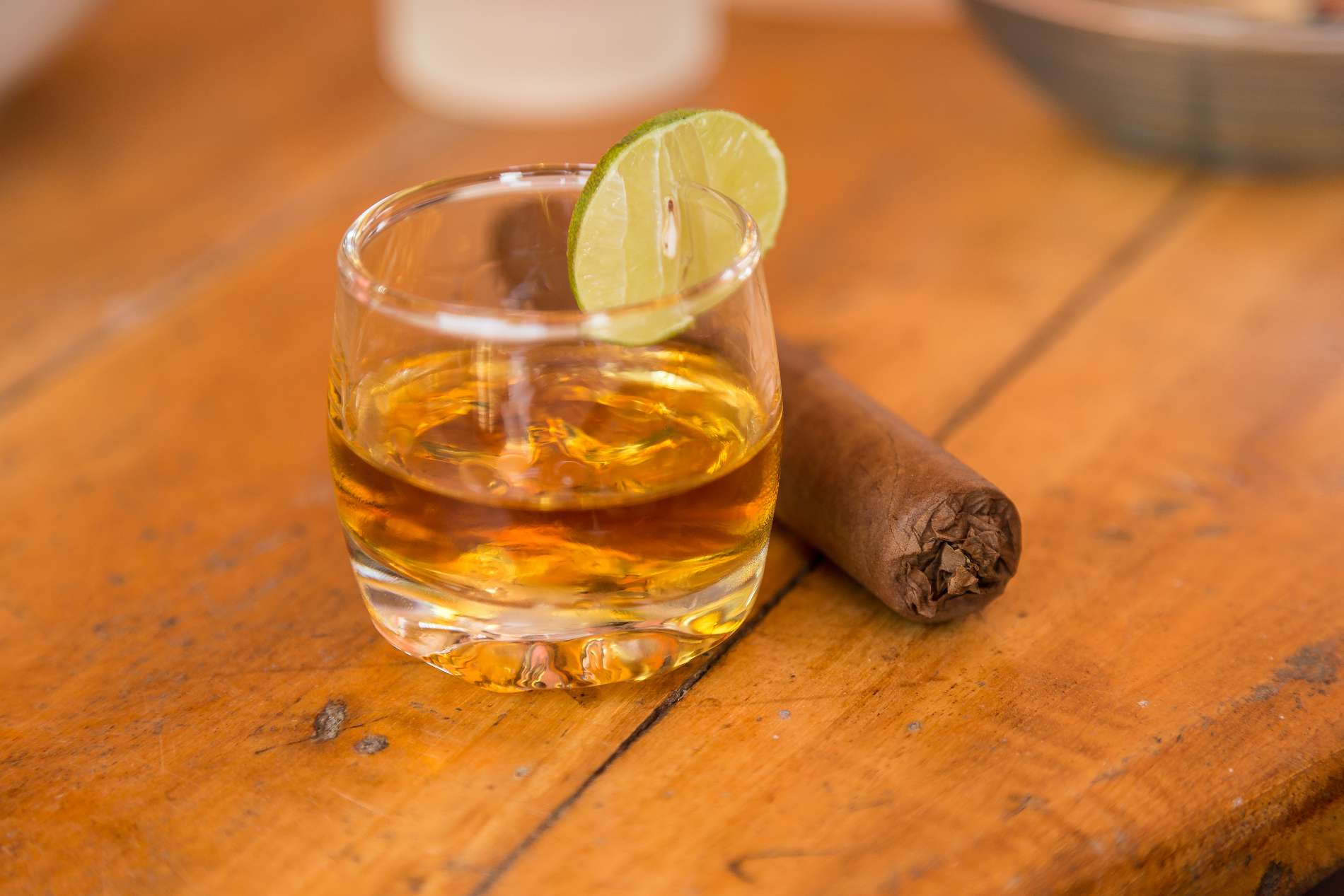
- Brown Gold: After the revolution, the family of Spanish businessman Facuno Bacardi fled Cuba to Puerto Rico, taking the Bacardi patent with them. However, Fidel Castro allowed production to continue under a new name: Havana Club. It is the best-selling rum in Cuba. The sugarcane spirit is increasingly being enjoyed worldwide as a "soloist"—not just as a mixed drink. Thus, it is by far the most versatile high-proof spirit in the world, excluding whiskey.
-
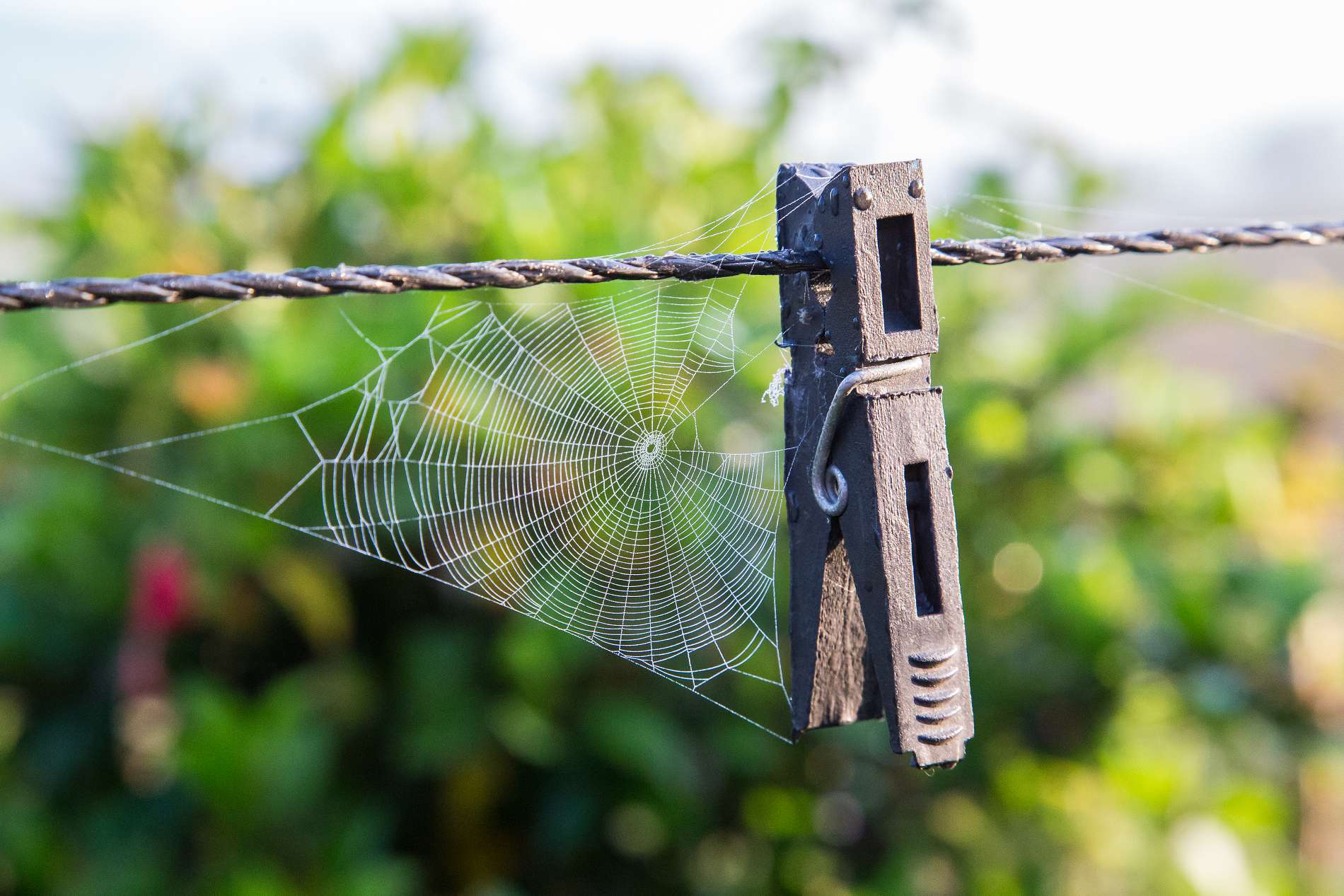
- "Socialismo Tropical": Much of what is found in Cuba is handmade. Everything else, like the hard plastic clothespins here, mostly comes from Soviet stocks. With Raúl Castro's Caribbean realpolitik, this could change: after the Soviet Union ceased to be a sponsor of the communist system in 1990 and support from Venezuela dwindled after Hugo Chávez's death, Castro needs the USA.
-

- Dressed Up: Trinidad de Cuba celebrated its 500th anniversary in 2014. No other city in Cuba showcases the "Golden Age" of the sugar boom more splendidly. There are also many private accommodations (the "casa particulares") that have been permitted by the state for some time. In some lodgings, family connections are included, along with a lavish breakfast.
-
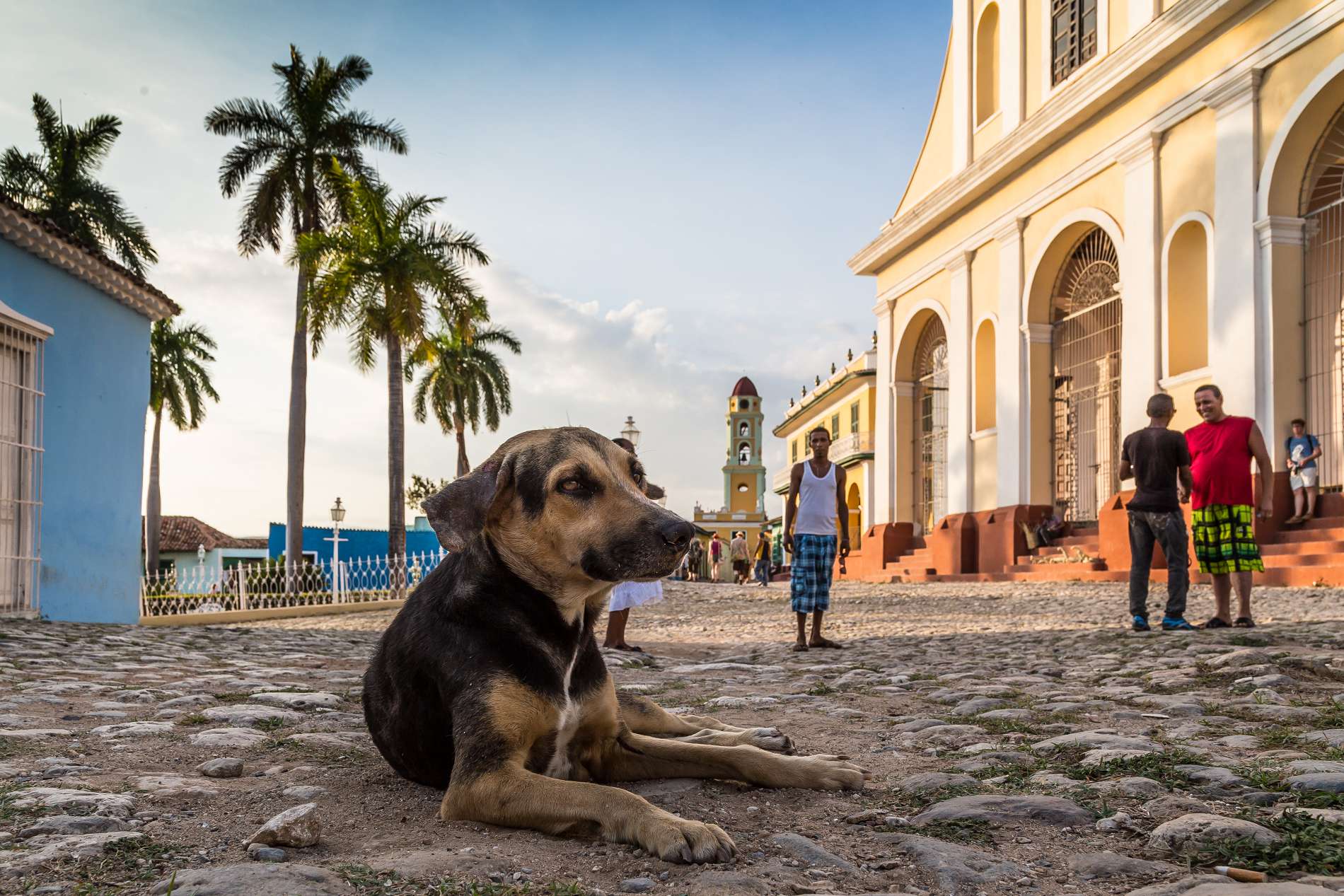
- Dog's Life: The crème de la crème of the sugar aristocracy settled at the Plaza Mayor in Trinidad: the Canteros, Iznagas, Trujillos, Morets, and Arguins. Their restored palaces have turned the fourth oldest city in Cuba into a colonial gem. Tall wooden doors, barred windows, red tile roofs, and the worn cobblestones transport visitors back to the heyday of the 18th century.
-
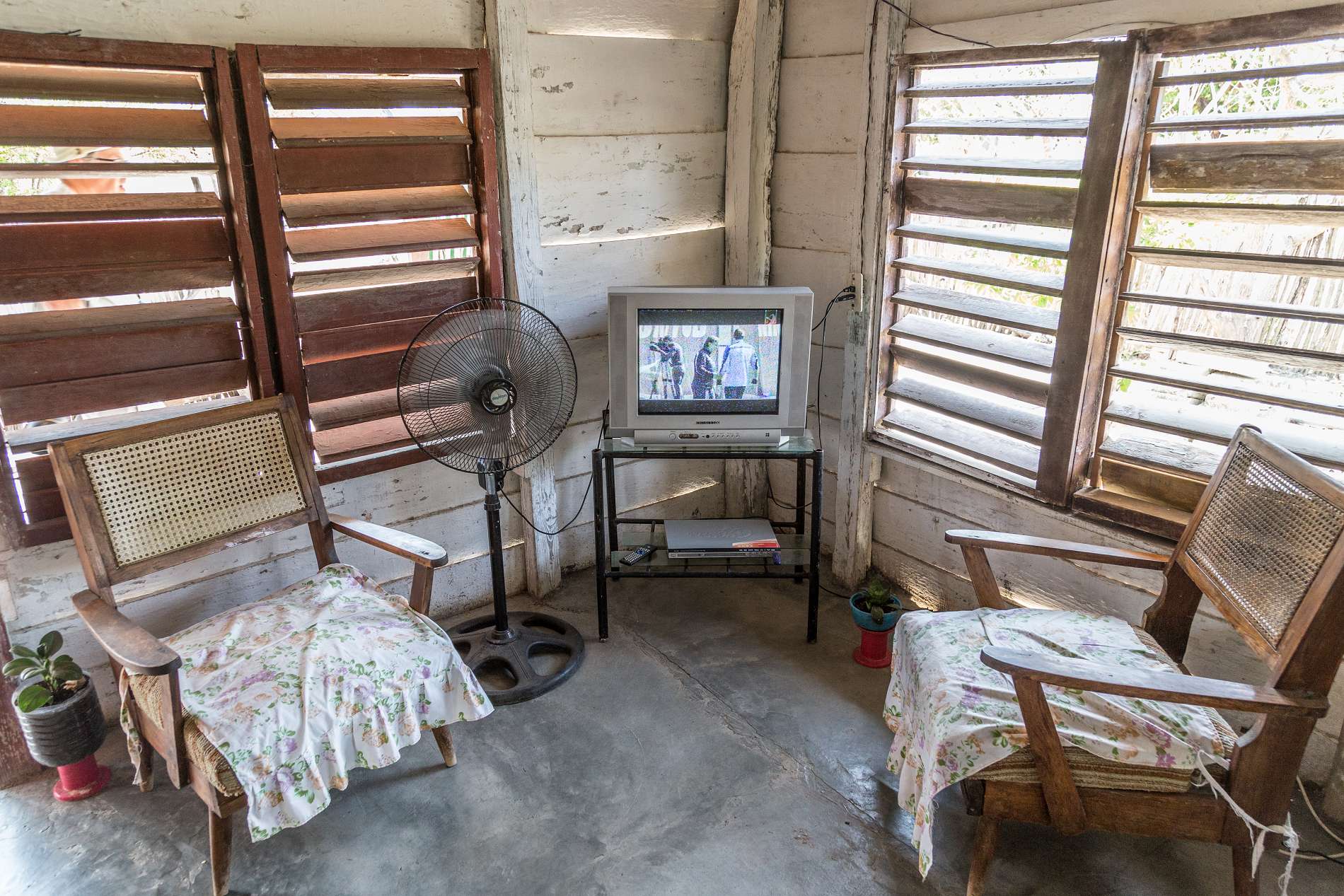
- Lounge Chairs: This is the sparse living room of a hospitable family near Cienfuegos. Here, electricity is already a luxury: the television, fan, light bulb, and refrigerator are in operation. Nothing more is needed, and nothing more is available. Certainly no internet. In 2014, there were seven computers for every 100 inhabitants. The state-authorized search engine 203 finds only the 150,000 available websites—everything else is blocked by the media monopoly of the socialist government.
-

- Field Player: There is often little time for play in the countryside. The children have to help out in the house and in the fields. However, this cannot dampen the spirits of little Corsario. He is delighted by the visit from Europe and the occasional gift.
-
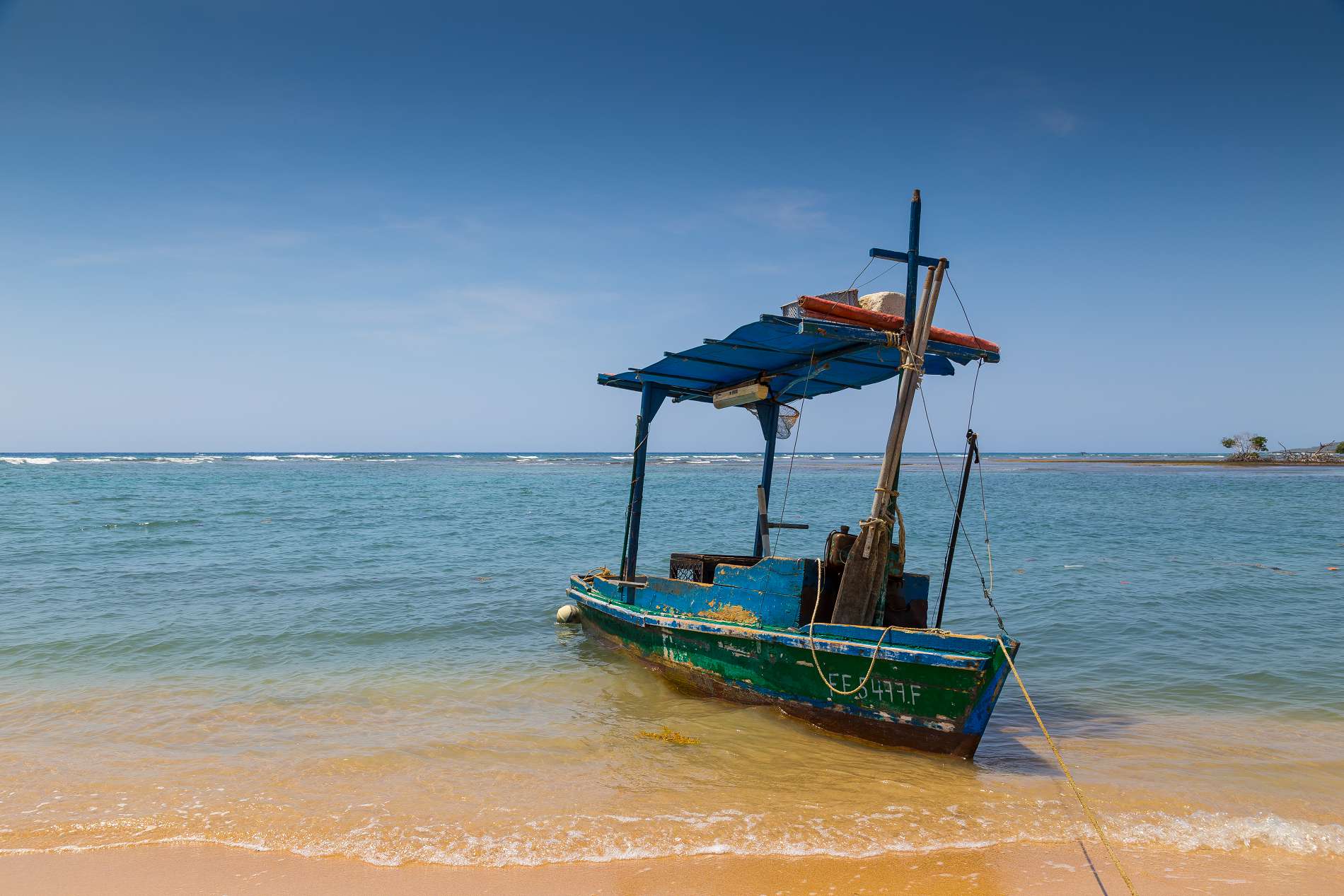
- 80 Miles to Key West: Honestly, no one needs to come to Cuba just for the beaches. They exist, and they are beautiful, but Cuba offers so much more that one should not limit their visit to sun and sea. The most interesting part is the encounter with the people anyway.
-

- Delicacies: While lobsters, with their strong tails and two large claws, resemble crayfish, langoustines do not have claws. However, they are notable for their long antennas. Langoustines can grow up to 50 cm long. They are a luxury for the Cuban population and a lucrative business. Here, a fisherman near Cienfuegos is selling his fresh catch on the street.
-

- Enjoyable: Cuba is one of the world's most important growing regions for cigar tobacco. After sugar, cigars are the country's most important export product. With a cigar and a few sips of rum in his system, one can comfortably relax in the shade of the palms in the Viñales Valley. Raphael is clearly enjoying the day and the attention of the photographer.
-
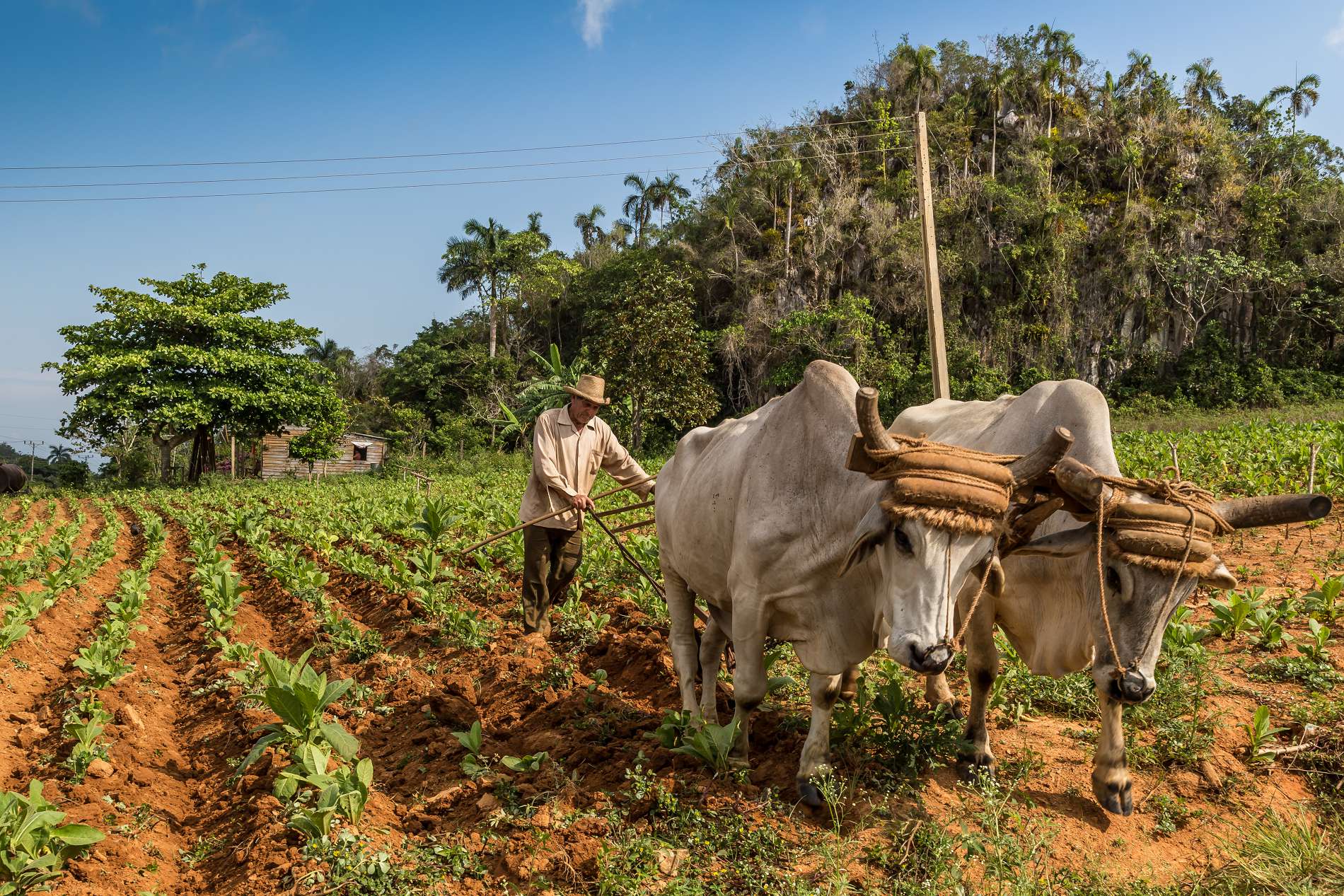
- Backbreaking Work: The farmer traditionally plows his field in the Valle Viñales using a plow. This is still the predominant form of agriculture in the new millennium. The "Sierra de los Órganos" is characterized by tobacco fields. This region has the best climate for the delicate plants, striking the right balance between sunshine, some rain, and cool nights.

